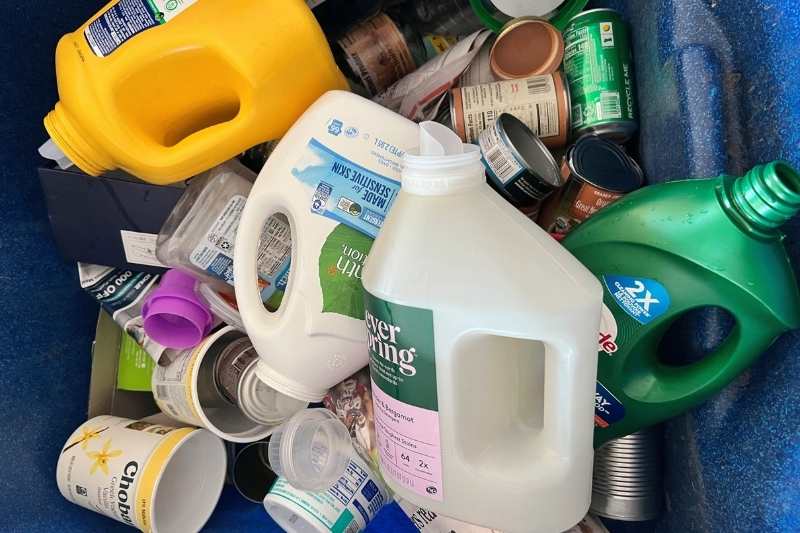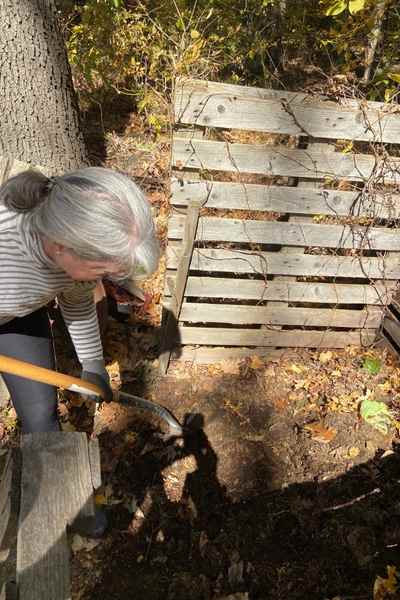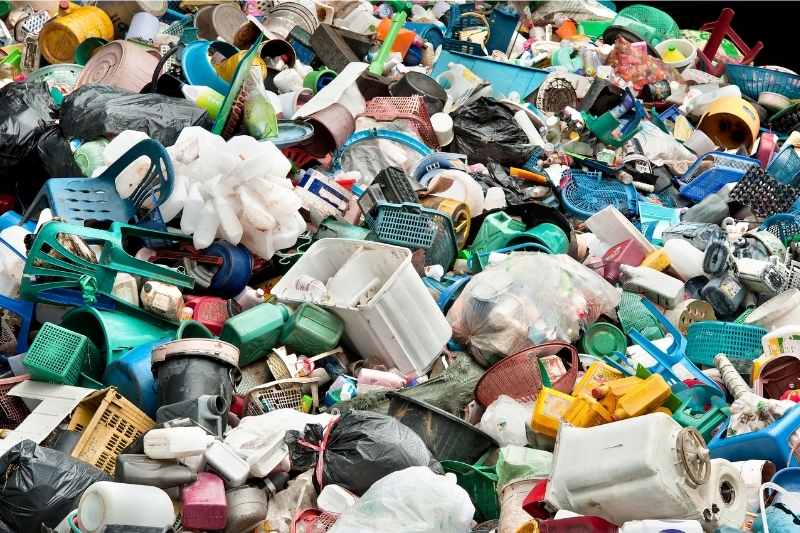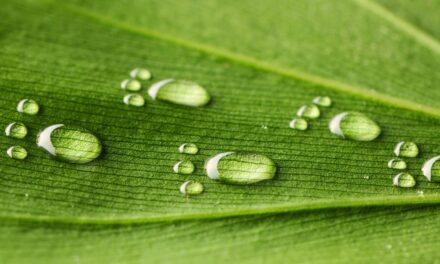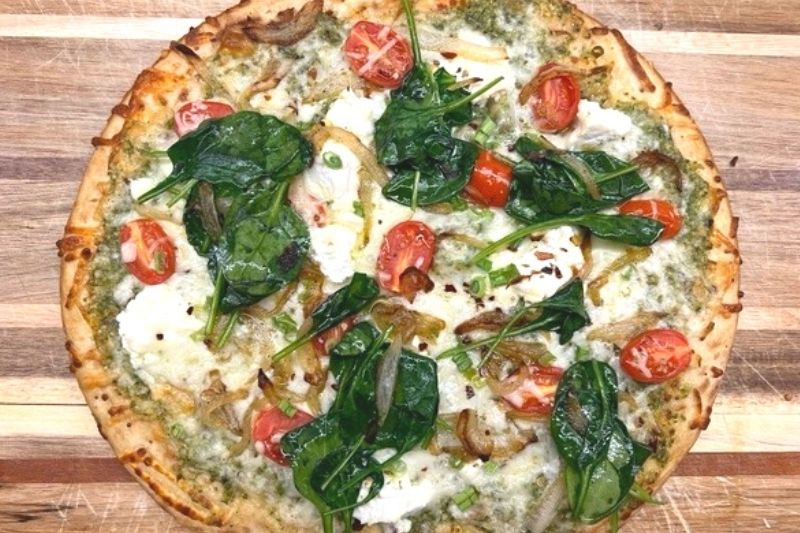Trash inspired me to begin reducing, recycling, reusing, and repurposing.
My journey to living more sustainably began a few years ago, when I actively began reducing the amount of rubbish that went into our trash cans. I began thinking about the fate of my family’s trash after it left our bin, and how long it would take to fully biodegrade. I started shopping more mindfully and looking for products with less packaging.
My desire to reduce our trash eventually led me to composting. Composting is a natural process that allows organic material to biodegrade as nature intended. Food scraps break down into a potent, nutrient-rich compound that works as a natural, organic fertilizer.
Composting has become a way of life for my family.
We add everything that can break down to our compost pile. Grass clippings, leaves, food waste, unsoiled pieces of pizza cardboard boxes, and shredded paper bags are all compostable materials. With time, our efforts are rewarded with rich brown dirt full of terrific nutrients.
This dirt, known among composters as “black gold,” is then placed in our garden beds. Black gold provides vital nutrients to our plants, which in turn bear fruit more delicious than its grocery store cousins.
Thanks to composting, we have successfully diverted valuable waste from landfills, super-charged our gardens, produced beautiful fruits and veggies for our nourishment, and enjoyed the mental and physical health benefits of gardening. All for free!
My early success with composting led me to other areas where I could progressively eliminate unnecessary waste.
I strive to reduce, reuse, or recycle plastic containers in unique ways. My husband and I would send DIY college care packages to our sons in reusable containers, which we would later collect and refill.
I also tried to eliminate single-use plastics after learning how plastic bags contribute to widespread plastic microparticles in our planet’s waterways, aquatic animals, and our own bodies. I began using reusable shopping bags. They are not only sustainable, but they’re also significantly sturdier than flimsy plastic grocery store bags.
States like New York have begun banning plastic bags in grocery stores. I applaud there efforts and wish other states would do the same. In New York, shoppers are encouraged to use their reusable tote bags, purchase reusable totes for $1.99, or are charged five cents per paper bag they require. I hope other states adopt this practice to encourage mindfulness and eliminate unnecessary plastic!
I’ve also focused on eliminating plastic packaging in my pantry.
I was discouraged that most large grocery store chains generally only offer pantry staples in plastic packaging. I began frequenting stores and co-ops where I could bring my own containers to purchase pantry staples and other personal items. I’ve also used online shopping to buy the things I use in biodegradable packaging. Many of my online packages are shipped in packaging that easily breaks down and can be composted.
My gloriously crooked sustainability journey is far from over. But I’ve been astounded at how my little changes have added up to a sustainable lifestyle.
One Planet Life would love to hear your sustainability story! Share the Joyful Changes you’ve made with our community and inspire others to follow. Check out the “Community” tab on the One Planet Life app and share your journey progress!

Written by Yvonne Dwyer
Master Naturalist and OPL Content Contributor
“It is truly an honor for me to be a contributor to One Planet Life. By sharing my experiences and lifetime of learning, I hope to inspire conservation, sustainability, stewardship, and awareness of enjoying the natural wonders of the world for the wellbeing of people and the planet.”

